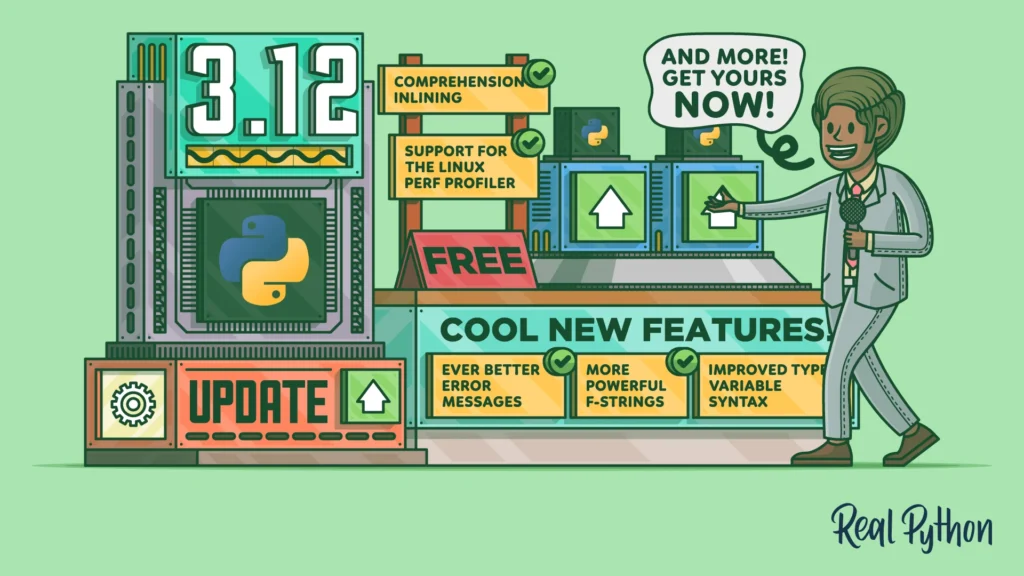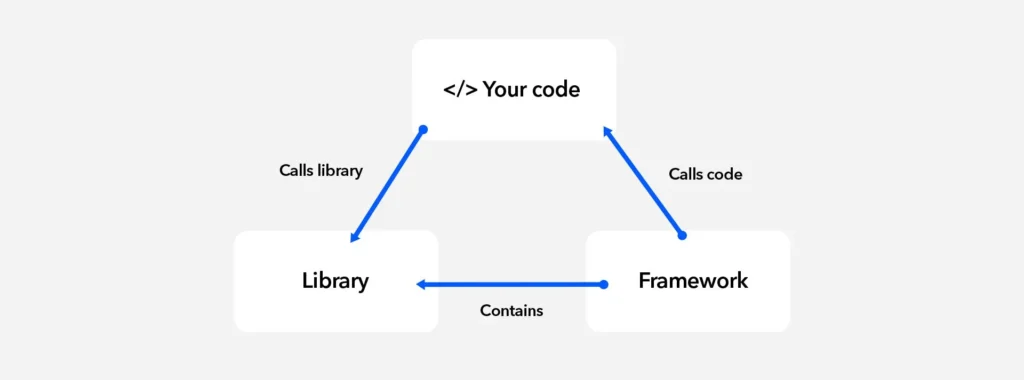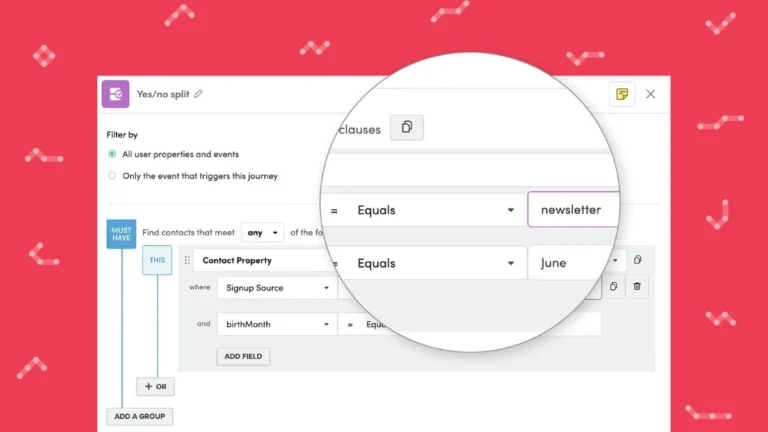Python News: Exciting Innovations and Breakthroughs
Fantastic news about Python! What is the newest buzz in the world of Python programming? Regardless of your level of experience with coding, there is an amazing thing going on right now. Python is developing faster than it has in the past, with ground-breaking changes and incredible new tools. Do you want to remain on top of things and be informed about these revolutionary developments? Join us as we explore the most recent developments and advancements in the Python world—your key to learning the most dynamic language available today!
1. What is New and Improved in Python 3.12?

The new Python 3.12 is full of intriguing features that should make your coding experience more efficient and seamless. Numerous new features are included in this most recent edition, along with notable performance enhancements. The updated garbage collector seeks to maximize memory management by cutting down on overhead and increasing application execution performance. Improved runtime efficiency and quicker startup times are anticipated by developers, which is a significant benefit for programs that depend on performance.
Additionally, Python 3.12 offers more detailed tracebacks and improved error messages, which reduce the work involved in debugging. These enhancements make it easier to identify problems and cut down on the amount of time needed for troubleshooting. Developers may write code that is clearer and more succinct thanks to the addition of new syntactic features and library improvements, which further streamline the development process.
Finally, Python 3.12 incorporates more potent standard library modules, further solidifying its dedication to developer efficiency. With the addition of new features and improvements to current libraries, developers will find it simpler to utilize built-in tools and concentrate on the essential logic of their applications.
2. Interesting New Frameworks and Libraries

The Python community is in full swing with the release of new libraries and frameworks intended to increase the language’s functionality and simplify challenging jobs. The introduction of PyTorch Lightning has garnered the most interest among them. This high-level library preserves PyTorch’s flexibility while streamlining the training of deep learning models using an easier-to-use interface. Adoption of it is expected to speed up experimentation and model development.
FastAPI is becoming more and more popular in the web development community as a potent substitute for conventional frameworks. With its quick speed and user-friendliness, FastAPI has quickly established itself as a top choice for developing high-performance APIs. It is a useful tool for contemporary web applications because it makes use of Python type hints to guarantee that your code is clear and robust.
The Tiled library, which makes working with tiled images and maps in Python easier, is another notable addition. For professionals in data visualization and game development who must manage intricate graphic layouts with ease, this library is quite helpful. It is anticipated that its incorporation into Python’s extensive library ecosystem will improve data visualization and graphical projects.
3. Data Science Trends with Python
Python is becoming more and more dominant in the data science field, and a number of new developments are changing the way data scientists approach their work. The growing usage of machine learning operations (MLOps) to expedite the deployment and management of machine learning models is one noteworthy trend. Models are being moved from development to production more easily thanks to MLOps methods and technologies like MLflow, which guarantee scalability and dependability.
Integrating Data Visualization Libraries with interactive web technologies is another trend that is becoming more and more popular. Data scientists are now able to produce more dynamic and interactive visualizations that provide deeper insights thanks to tools like Plotly and Bokeh. These libraries are becoming necessary for effectively presenting findings and making data-driven decisions.
In addition, model selection and hyperparameter tuning are becoming easier because of the development of AutoML (Automated Machine Learning) technologies. These difficult activities are being automated by platforms like Auto-sklearn and TPOT, freeing up data scientists to concentrate on higher-level strategy and interpretation instead of the fine details of model optimization.
4. Python in DevOps and Cloud Computing
Organizations’ approach to managing their infrastructure and deploying apps is changing as a result of the use of Python in DevOps and cloud computing methods. Thanks to programs like Terraform and Pulumi, which let Python scripts manage cloud resources seamlessly, Python’s use in cloud automation is growing. Thanks to these technologies, infrastructure can now be defined and controlled as code, increasing flexibility and decreasing configuration errors.
Python is playing a bigger role in DevOps pipelines for continuous integration and deployment. The testing and automation procedures are being streamlined by libraries and frameworks like pytest and tox, which guarantees that the code is reliable and ready for deployment. Python scripts’ ability to automate testing and deployment is greatly speeding up software release cycles and raising overall quality standards.
Furthermore, Python’s ability to work with cloud computing platforms such as AWS, Azure, and Google Cloud is spurring creativity in the development of cloud-based applications. Python is facilitating scalable and resilient architectures by making it simpler for developers to incorporate cloud services into their apps with its extensive SDKs and APIs.
5. Growth of the Python Community and Ecosystem
With an increasing number of conferences, meetups, and online forums encouraging cooperation and knowledge exchange, the Python community is flourishing. Developers from all over the world continue to flock to events like PyCon and EuroPython because they offer chances to network with peers and learn about the newest developments. Attending these events is essential if you want to network with industry professionals and remain current on new trends.
The growth of learning materials and online courses is another indication of Python’s ecosystem’s expansion. Numerous Python-focused courses are available on platforms like Coursera and Udemy, which accommodate students of different ability levels. This accessibility is drawing a wide spectrum of people to the Python community and aiding in the democratization of programming education.
Moreover, the growth of open-source initiatives and Python-based enterprises is boosting the ecosystem’s vitality. New initiatives and cooperative projects are propelling innovations in fields like artificial intelligence, machine learning, and web development, continually enhancing the Python ecosystem and offering developers new prospects.






